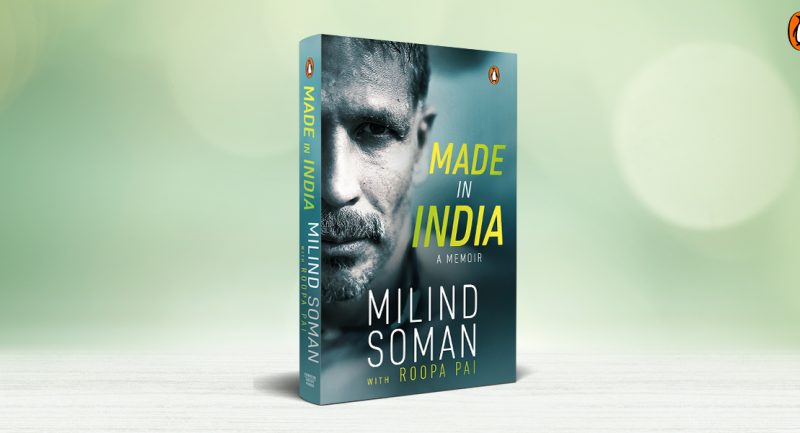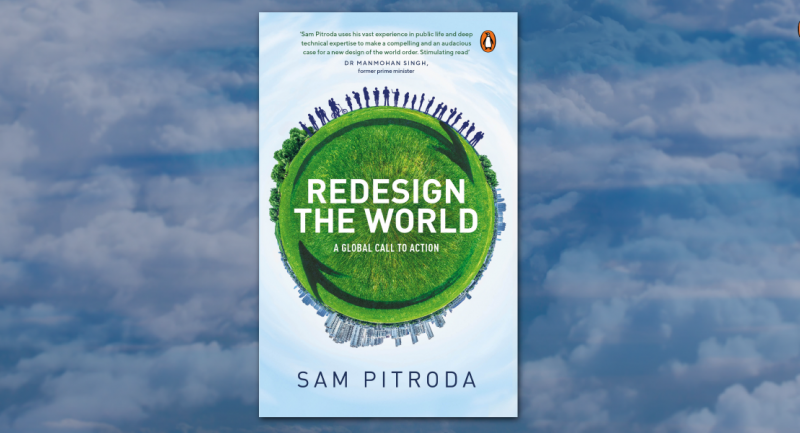
The clean slate is NOT about beginning from scratch.
It is about beginning with a NEW PERSPECTIVE.
Through the real-life examples covered in Exprovement, the reader will begin to understand that this new perspective—the perspective of exprovement that allows companies to start on a new footing—can be gained by looking for parallels outside of one’s industry. Here’s an excerpt from the book with important tools and key takeaways:

*
THE DELTA GRAPH
While the delta graph in the first chapter helped us understand the difference between improvement and exprovement and which part of the organization they happen in vis-à-vis the important factors of an organization’s current position, its goals, the feasibility of achieving those goals and the demographic, political, technological and environmental conditions prevailing at the time, it also brought into focus the following key points:
The importance of clearly defining your ‘what could be’
In Chapter 9, we saw how Chef Ferran Adrià, imbibing the ‘creating is not copying’ mantra, was very clear from the beginning that his ‘what could be’ had to be something that he created, not a new version of something that had been done before. He might not have had a clear picture of what it would eventually turn out to be, but he knew he wanted it to be something that hadn’t been done before. All his experiments with food were based on this principle, which eventually led to some of the most ground-breaking gastronomical exprovements. On the other hand, had he adopted an improvement mindset, he would likely have developed better or different versions of what the master chefs who came before him had developed—but they would still be considered ‘food’ as we generally know it, as opposed to completely changing our concept of what food is, like he did.
Exproving and improving take you down very different paths
Exprovements are primarily strategic in nature and the operations of a business follow from the strategies so set. Improvements, on the other hand, are generally born out of keeping the users’ needs in mind and are more operational in nature. As a result, exprovements take much more time, effort, persistence and resources to come to fruition than improvements. Chef Adrià’s vision called for him to take drastic and investment-heavy measures—such as shutting down his restaurant for half the year and building a lab for food experiments—in order to bring his exprovement to life.
ASKING THE RIGHT QUESTIONS
Along with clearly defining the ‘what could be’, once one has chosen the path of exprovement, asking the right questions at every point becomes important. We have already covered this in detail in Chapter 1, but here are a few points that are worth re-emphasizing.
Ask questions that make the team ponder
As shown in the Sony Walkman example in Chapter 1, it is important that the team working on the exprovement be given clear guidelines but be allowed the freedom to be creative at the same time. By asking his team to make a device of a particular size, but leaving everything else up to them, without micromanaging or setting too many constraints, Nobutoshi Kihara was able to get the best out of his team.
Frame questions based on the desired outcome
Goals and strategy need to be framed depending on whether one is choosing to improve or exprove. For example, in Chapter 4, Mick Pearce would have achieved an incremental improvement if his question was something like, ‘What are all the ways we could cut energy consumption in a commercial building?’ He would have worked within the boundaries of what was already being done in architecture. But since his question was more on the lines of, ‘How would termites build this commercial complex?’ he was able to come up with
something that had never been achieved before.
DRAWING PARALLELS
The exciting thing about drawing parallels is that it opens up endless possibilities, without constraints. A parallel can be drawn with almost anything—from an ant to the milky way—if one is able to see how things are similar, rather than how they differ.
Vastly dissimilar parallels have a higher potential for exprovement
If we consider the Formula One example in Chapter 5, we can see that when parallels are drawn with ER room protocol, auditing and advisory services or sustainable refrigeration—all vastly different contexts—the potential for exprovement is high, i.e., causing radical improvement in those industries. In the context of drawing a parallel between Formula One and mass production cars, though—a similar context—the potential for exprovement decreases, while the potential for improvement greatly increases.
A single exprovement can lead to diverse parallel applications
Almost every chapter has shown us that once an exprovement has been developed, it can find further parallel applications in a variety of diverse industries. For example, in Chapter 6, we have seen how an exprovement in mountain agriculture has found parallel applications in disaster management, wastewater management, water desalination and tourism,
and in Chapter 16 we have seen how the exprovement of time banking has found applications in eldercare management, disaster management, repairs and maintenance, business development and potentially the creation of a parallel economy in the future.
**
Intrigued to dive deeper? Pick up your copy of Exprovement now!









